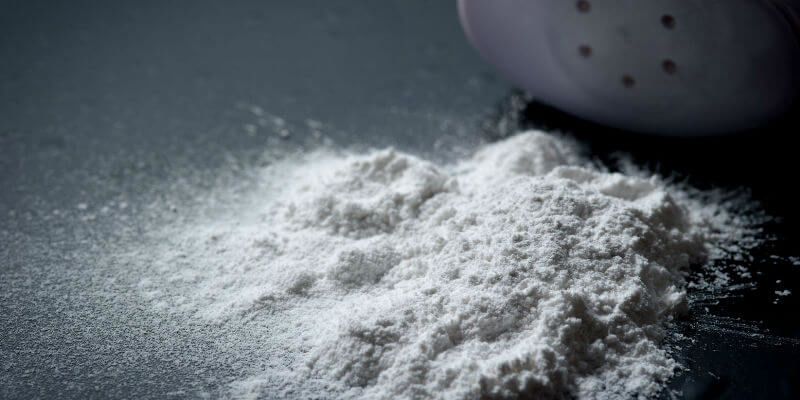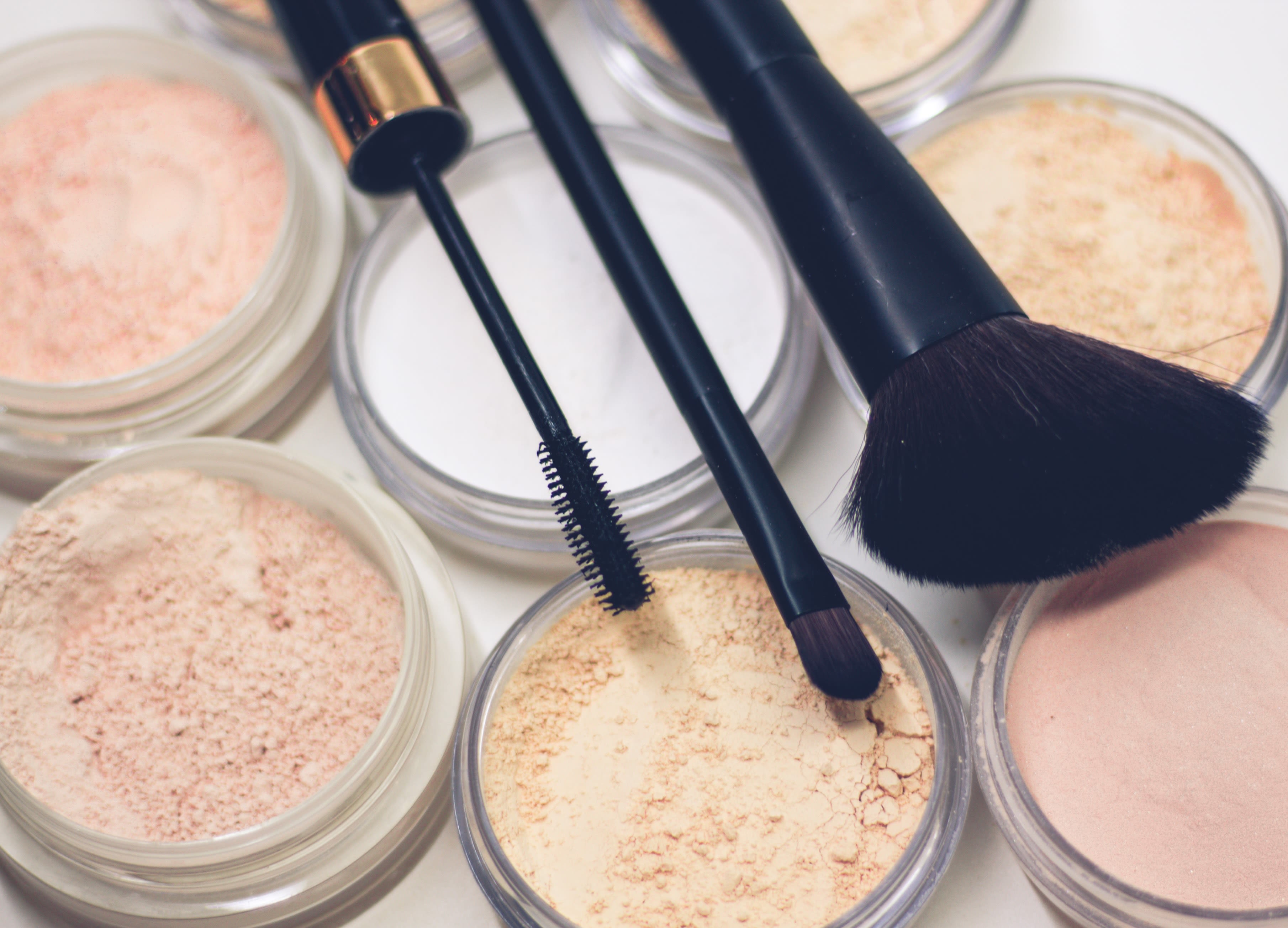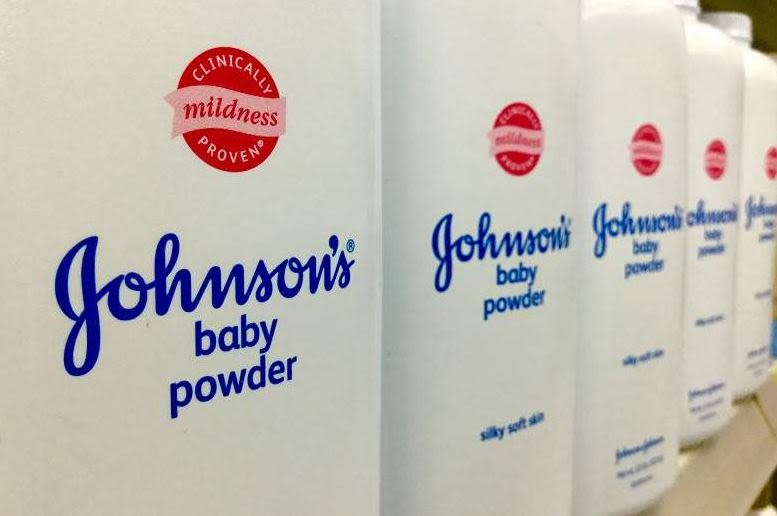Asbestos contaminated talc: Where are we now?

Alarmingly, many everyday cosmetic products such as talcum powder and various makeup products have been tested to reveal positive traces of asbestos within them. These cosmetic products include well established and reputable brands, including Johnson & Johnson.
Talc is one of the main ingredients within many of the powders of these well-known brands. For many years now, the cosmetics industry has knowingly continued to use talc as a major ingredient within a number of the makeup and cosmetic products manufactured, despite it being proven in many cases to be contaminated with asbestos fibres.
Talc, a naturally occurring mineral powder, is often found near sources of tremolite, a form of amphibole asbestos. Due to this close proximity, talc is frequently contaminated with tremolite asbestos fibres. This means that many of the day-to-day products we use which contain talc could also contain deadly fibres of asbestos. This is an extremely frightening thought considering that exposure to asbestos can lead to a number of asbestos related diseases, including the fatal disease of mesothelioma.
Makeup products including face powders, blushers and eyeshadows have been proven to contain asbestos. In 2017 a designer makeup brand discontinued its signature body powder due to its ‘poor public perception’ but wrongfully continues to sell other talc-based makeup products, that may contain asbestos fibres. It is apparent that there is much more to be done by makeup manufacturers to ensure their ingredients are safe for public use.
In a recent case, Hannah Fletcher claimed that her lifelong use of the Estee Lauder talc and face powder and Clinique loose face powder caused her to develop mesothelioma. Mrs Fletcher was able to bring her claim in New York as the Defendants products were developed, manufactured, distributed and/or supplied from New York to England.
Arguably the most shocking revelation of contaminated talc products was found within the highly regarded Johnson & Johnson baby products, including its signature ‘Baby Powder’ and ‘Shower to Shower’ products. It has been proven that Johnson & Johnson were aware that the talc used in its products was contaminated by asbestos during the mining process but chose to keep this information from regulators and the general public. This deceit has rightfully led to backlash and legal claims being brought against Johnson & Johnson by people who have used their products and have sadly developed asbestos related diseases.

Cases against Johnson & Johnson
Johnson & Johnson is now facing more than 34,000 lawsuits including many from women who have used baby powder and later developed ovarian cancer. Johnson & Johnson has already spent billions on costs and settlements, including a $2bn judgment by a Missouri appeals court in favour of 22 women who developed ovarian cancer after using its talc products. Two other notable cases include an award of $40 million to Nancy Cabiba, who developed mesothelioma after years of use of the talc products and $25 million to Joanne Anderson who developed mesothelioma from talcum powder she used in bowling balls when she went bowling.
A spokesperson from Johnson & Johnson claim that the barrage of legal claims have been “fuelled by misinformation around the safety of the product”. It seems remarkable that products that we know can cause serious illness through contamination with asbestos are still available to buy. In any event, Johnson & Johnson continue to profit from the sale of their products. Despite Johnson & Johnson’s disregard for an ethical approach, they remain one of America’s richest companies.

Photo by Gonzalo Facello on Unsplash
Bankruptcy of Johnson and Johnson
In October 2021, prompted by a number of lawsuits, Johnson & Johnson moved the potential liabilities for talc products into a separate company in Texas, LTL Management LLC. This company was designed solely to absorb its talc liabilities, a strategy known as the “Texas two-step”. The company immediately filed for bankruptcy, putting on hold all lawsuits.
This highly controversial bankruptcy tactic could limit Johnson & Johnson’s financial exposure and could delay or permanently block cases brought against them indefinitely. This is a very concerning manoeuvre to the detriment of thousands of potential claimants.
More recently, Johnson & Johnson have announced that they will stop using talc in their baby power and instead replace it with corn starch. Clearly this is the right thing to do, but how many people have been and will be effected because they used Johnson & Johnson products in the past which were contaminated with asbestos?



